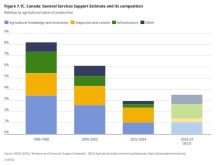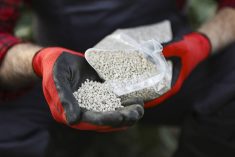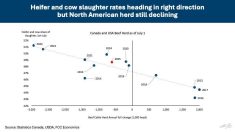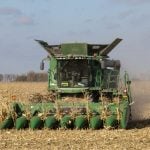As Manitoba farmers prepare for the 2025 growing season, new challenges loom with continued uncertainty around United States tariffs on Canadian goods.
On March 4, the U.S. administration under President Donald Trump went ahead with their threatened 25 per cent tariff on imports from Canada and Mexico. Canada responded with tariffs on $30 million worth of U.S. goods.
Two days later, things shifted dramatically again. On March 6, Trump announced an exemption for Canadian products in compliance with the Canada-U.S.-Mexico Agreement, although potash and Canadian energy still faced a 10 per cent duty. That exemption was set to last until April 2.
Read Also
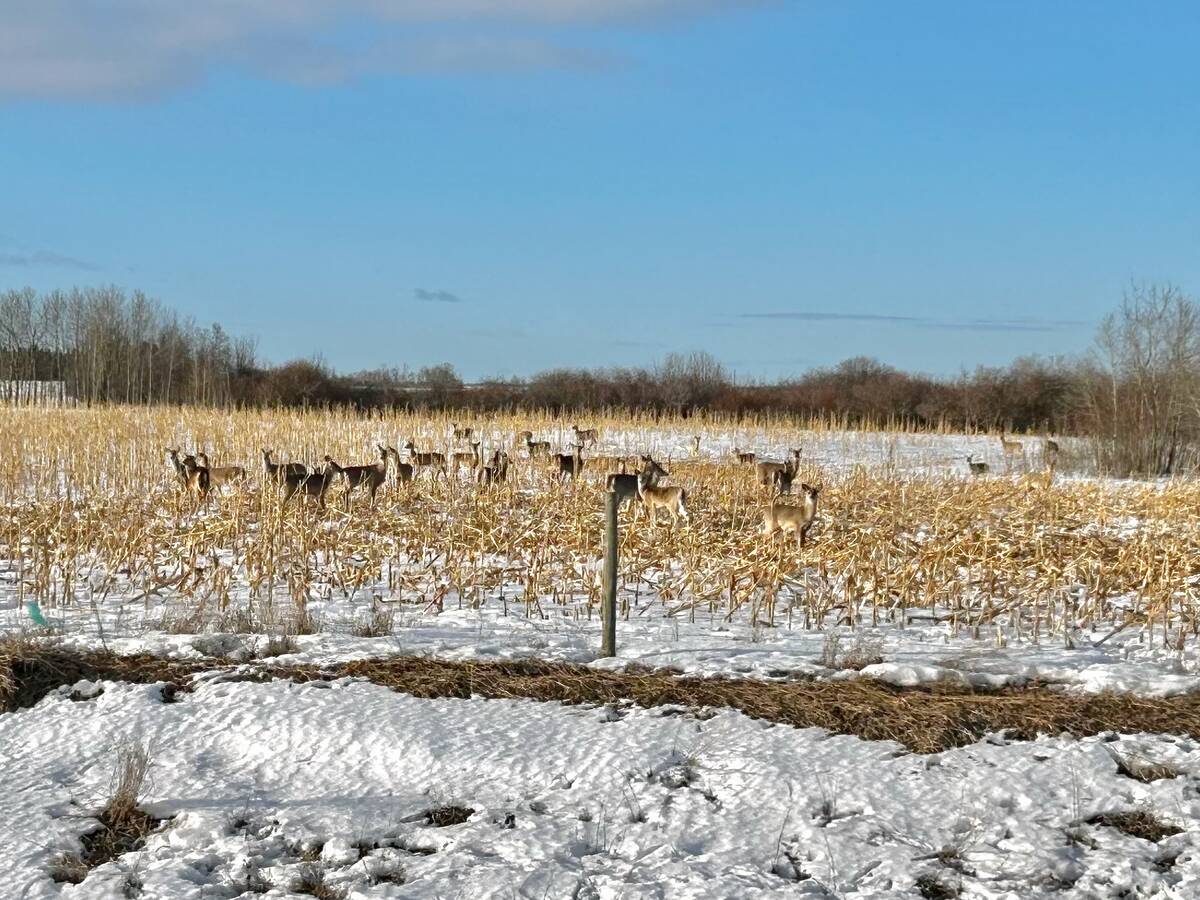
Manitoba launches CWD tracking tool
A newly launched digital dashboard allows hunters to track where chronic wasting disease has been confirmed in Manitoba
Canada did not walk back its own tariffs, and said those measures will stay in place until the U.S. tariffs are totally taken off the table.
Why it matters: Canadian farmers are gearing up for seeding, but farm business decisions are difficult with access the key U.S. market up in the air and dependant on the outcome of continued tariff threats.
Potential tariffs make things more complicated for producers who may be entering a downturn phase, said Darren Bond, a farm management specialist with Manitoba Agriculture.
“We’ve definitely seen a downturn in the prices,” Bond said at a Manitoba Agriculture Crop Talk webinar Feb. 26, the week prior to the most recent wave of tariff ping pong between Canada and the U.S.
Agricultural downturns typically last between four and seven years, though it’s difficult to determine exactly where the industry stands in the cycle, he added.
For some producers, especially those who didn’t market their 2024 production in the first half of the year, this could be counted as either year one or two of the downturn, Bond said.
“The good thing is that we’ve come off a few good years, so we do have that. And hopefully some wise investments and some money in the bank will help moderate some of the turbulence we could see with some tighter margin years.”
However, newer and younger farmers, as well as those who have expanded rapidly using debt, may face losses.
“This volatility that we’re seeing, volatility in weather, volatility in markets, volatility in geopolitics that we’re seeing right now, it makes management much more difficult,” Bond said.
Hard financial times for farms
Farm management is more important than ever, Bond said, especially in terms of managing high-cost farm inputs and other top expenses. Producers need to carefully evaluate their expenditures in key cost categories like fertilizer, equipment and land.
Soil testing is typically encouraged for farmers, but in a year where efficiency is key, that tool will be even more critical to make sure crops are getting what they need, but that no input dollars are wasted.
“It’s way too expensive to either over apply or under apply. On these years when we have a … price squeeze and high fertilizer costs … it’s very important that we neither hurt our yield nor put down extra fertilizer that actually may end up hurting our yield,” Bond said.
Farmers can explore banding techniques to maximize their efficiency. Since phosphorus is currently quite expensive, producers should be mindful of its placement.
“We want to max out those seed-safe replacements and then look at banding the rest,” Bond said.
Do you know your cost of production?
To mitigate financial risks, farmers should closely monitor their break-even prices and take advantage of favourable market opportunities.
“I’m a big believer in break-evens, especially break-even prices. To determine a break-even price, take your costs divided by your yield,” Bond said.
He also flagged the importance of having a realistic profit expectation.
“This is not 2022 or 2023. This is a lot tighter of a year. Maintaining yield will be important in 2025.”
Producers who were looking at significant expansion or other capital investment might also want to revisit those plans. This year is not the year to overextend farm finances for extra land and equipment, Bond said. Farms can easily be overburdened with too much capital investment.
“Land is just getting more expensive,” he noted.
Adaptable farms rise to meet volatility
Despite the challenges facing the industry, Bond is cautiously optimistic about the ability of farmers to adapt.
“I think that success in this year and beyond is kind of the same thing as what it’s always been,” he said. “We want to stay informed…and be able to utilize technology we have within equipment.”
Above all, producers need to stay nimble and proactive, Bond said.
“We have to find that line of being able to change and do new things, but also honour what we’ve done in the past and what has kind of worked.”




